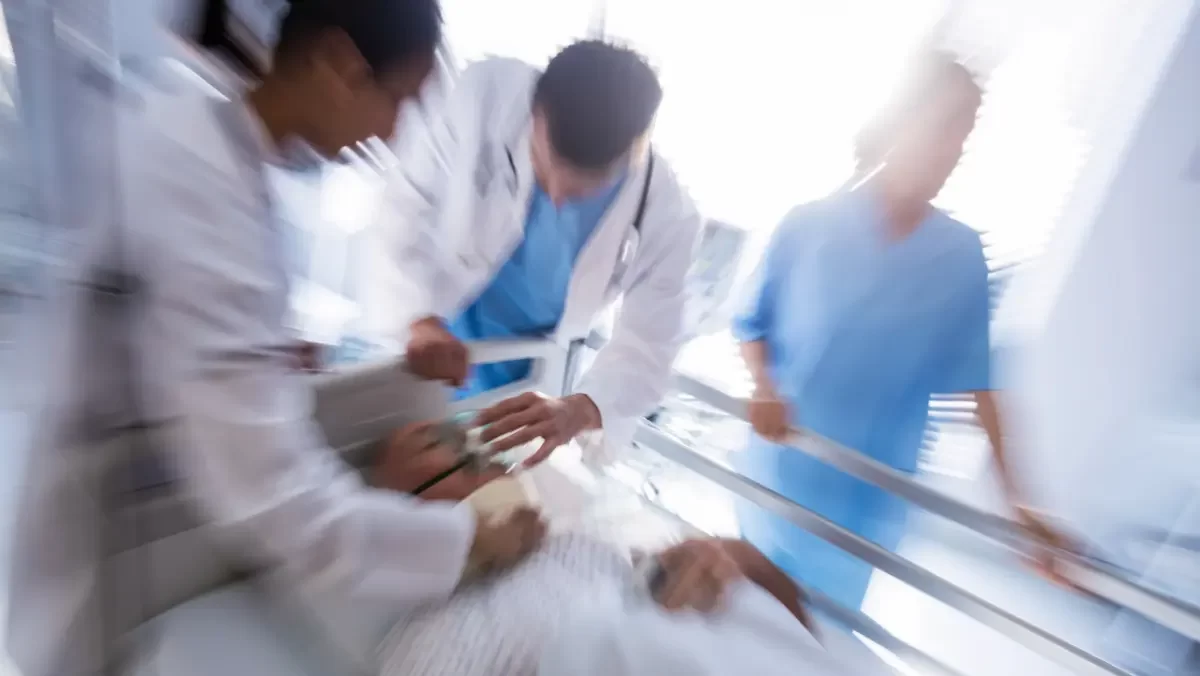Accident, Emergency and Trauma Care can happen at any time, requiring immediate and specialized medical attention. Trauma care plays a crucial role in saving lives, preventing long-term disabilities, and ensuring rapid recovery. Emergency medical services are structured to provide urgent care for life-threatening situations, including road accidents, strokes, cardiac arrests, and severe injuries. Globally, trauma-related incidents are one of the leading causes of mortality, making efficient and prompt emergency care essential.
Advanced trauma centers and emergency departments are equipped with life-saving technologies, trained professionals, and rapid response teams to manage critical situations effectively. In addition to Accident, Emergency, and Trauma Care, the hospital offers specialized Plastic & Cosmetic Surgeryservices. Whether it’s for reconstructive surgery after an injury or aesthetic enhancement, skilled surgeons provide personalized care, using the latest techniques to ensure optimal results.
Combining emergency care with cosmetic and reconstructive procedures ensures that patients receive comprehensive treatment for both functional recovery and aesthetic improvement. This integrated approach guarantees a holistic healing process, addressing both the immediate and long-term needs of the patient.
What is Accident, Emergency, and Trauma Care?
Accident, emergency, and trauma care refers to the specialized medical services designed to provide immediate treatment for life-threatening conditions. This field focuses on rapid assessment, stabilization, and definitive care for patients suffering from severe injuries or medical emergencies.
- Trauma Care: Deals with critical injuries, including head trauma, fractures, burns, and internal bleeding, requiring specialized surgical and critical care expertise. Trauma surgeons and critical care specialists work together to perform emergency surgeries and intensive monitoring to ensure the best possible recovery outcomes.
- Accident Care: Covers injuries resulting from road accidents, workplace incidents, and falls. These incidents often lead to severe fractures, head trauma, or internal bleeding, requiring immediate intervention to prevent further complications and long-term disabilities.
- Emergency Care: Addresses acute medical conditions such as heart attacks, strokes, respiratory failure, and other urgent situations needing rapid response. Emergency physicians use advanced diagnostic tools and life-support techniques to stabilize patients and initiate critical treatment within minutes.
Importance of Accident, Emergency, and Trauma Care
The significance of emergency and trauma care cannot be overstated, as it directly impacts survival rates and long-term recovery.
- Rapid Intervention: Quick medical response can mean the difference between life and death, particularly in cases of cardiac arrest, strokes, or severe trauma. Immediate resuscitation, oxygen support, and emergency surgeries play a crucial role in stabilizing patients and reducing fatality rates.
- Prevention of Complications: Timely emergency care reduces the risk of infections, organ failure, and secondary injuries caused by delayed treatment. Early intervention ensures that internal bleeding, brain injuries, or spinal damage are managed before they become irreversible or life-threatening.
- Specialized Treatment: Trauma care units are staffed with expert medical professionals, including emergency physicians, trauma surgeons, and critical care specialists, ensuring the highest level of care. These specialists utilize cutting-edge medical technology, advanced imaging, and real-time monitoring to provide precise and effective treatment.
Treatment in Accident, Emergency, and Trauma Care
Treatment in emergency and trauma care is highly specialized, involving a multi-disciplinary approach tailored to each patient’s needs.
- Initial Assessment: Includes triage, diagnostic imaging, and blood tests to determine the severity of injuries and prioritize care accordingly. Patients with life-threatening conditions receive immediate attention, ensuring no critical time is lost in administering life-saving treatment.
- Emergency Procedures: May include resuscitation, intubation, blood transfusions, and immediate surgeries to stabilize critical patients. Specialized surgical techniques, such as damage control surgery for severe abdominal injuries, help prevent excessive blood loss and organ failure.
- Post-Emergency Care: After stabilization, patients may require intensive care monitoring, rehabilitation, and long-term treatment to facilitate complete recovery. Rehabilitation programs focus on restoring mobility, cognitive function, and overall well-being to help patients regain independence after a traumatic event.
Advancements in Critical Care
With technological advancements, critical care has seen significant improvements in diagnostics, treatment protocols, and patient outcomes.
- AI and Machine Learning: These technologies assist in diagnosing conditions rapidly, predicting complications, and personalizing treatment plans. AI-driven analytics help doctors make real-time decisions, improving accuracy in emergency diagnoses and reducing human errors.
- Telemedicine and Remote Monitoring: Enable healthcare professionals to assess patient conditions remotely, providing timely interventions even in remote locations. This innovation is particularly beneficial for patients in rural areas, allowing them to receive expert medical advice without delay.
- Minimally Invasive Procedures: Advanced surgical techniques and robotic-assisted surgeries improve precision, reduce recovery times, and enhance patient outcomes. Minimally invasive methods lead to reduced scarring, lower infection risks, and faster healing, making them a preferred choice in trauma surgeries.
Role of Trauma Centers in Critical Care
Trauma centers are essential in managing severe injuries and emergencies by providing specialized and round-the-clock care.
- Rehabilitation Services: Offer post-trauma care, including physiotherapy, psychological support, and long-term rehabilitation to aid in full recovery. Specialized rehabilitation programs focus on helping patients regain mobility, speech, and mental well-being after experiencing severe trauma or prolonged hospitalization.that patients receive immediate and efficient medical care, significantly improving survival rates and recovery outcomes.
- Dedicated Trauma Teams: Comprising surgeons, anesthetists, and emergency physicians trained to handle life-threatening conditions efficiently. These professionals work seamlessly to perform complex procedures such as brain surgery, orthopedic reconstruction, and cardiovascular interventions in emergency cases.
- Advanced Infrastructure: Equipped with state-of-the-art emergency rooms, ICUs, and surgical suites to provide immediate and comprehensive care. High-tech diagnostic tools, such as CT scans, MRI, and ultrasound machines, ensure accurate assessment and fast decision-making in critical situations.
Conclusion
Accident, emergency, and trauma care are fundamental pillars of modern healthcare, playing a crucial role in reducing fatalities and ensuring effective recovery. Immediate medical attention and specialized treatment significantly improve patient survival rates and long-term health outcomes. At Prime Indian Hospital, our dedicated team of highly skilled emergency and trauma care professionals is equipped with cutting-edge medical technology to provide exceptional care during critical situations. We are committed to offering rapid, comprehensive, and compassionate treatment, ensuring that every patient receives the best possible care when they need it the most.














